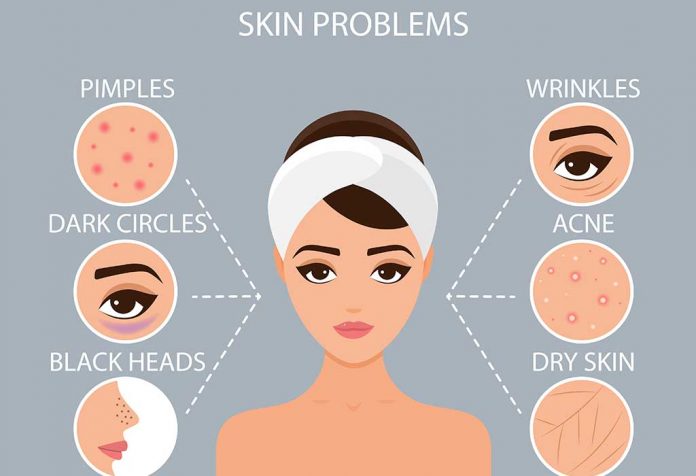
Skin infections are common and happen to many people in the course of their lives. It’s not a cause of worry for the most part, but sometimes it requires medical intervention. Mostly, topical ointments help cure it but then again, that would mean rubbing chemicals on your skin, which may or may not aggravate the existing condition. Luckily, there are natural and organic remedies that you can concoct with household items. Read on to find out more!
What are the Types of Skin Infections?
Every person is unique and in that, so is his or her anatomy. There are multiple types of skin conditions that can ail you without warning, and you should be prepared and ready to identify them. A diagnosis is the only way to know what kind of treatment should be administered in order to take care of the infection. These are the different kinds of skin infections one should watch out for.
1. Bacterial Infections
Usually, bacterial skin infections are not harmful, but if left untreated, they can cause a menace. They start as small red bumps and increase in size. Most of them can be treated by over-the-counter topical ointments, but some of them might need antibiotics. Make sure to keep it in check. Some of these infections include boils, leprosy, cellulitis etc.
2. Viral Infections
As the name suggests, some infections are caused due to a virus. These infections can include herpes zoster, chickenpox, warts, measles etc. Although some of these are mild, others might require the intervention of a doctor. Be sure to be aware of your body and go for regular checkups.
3. Fungal Infections
Areas in your body that tend to remain wet or damp give rise to fungal infections. It is imperative to clean yourself thoroughly to make sure you avoid these infections. It is common to get fungal infections in and around your feet, armpits or even groin. Some of these infections are not contagious, and most of them are not life-threatening. Fungal infections include ringworm, athlete’s foot, yeast infection, diaper rash etc.
4. Parasitic Infections
Parasites can also give rise to skin infections and in some cases, even more. Parasites can spread into the bloodstream and organs, and it could be dangerous, but in most cases, it is just uncomfortable and not life-threatening. Different kinds of parasitic infections include bedbugs, lice, scabies etc.
5. Miscellaneous Infections
Some infections do not come under the purview of the list that is mentioned above, and it can be tough sometimes, to diagnose it correctly. Make sure to visit a doctor or a clinic in case the symptoms start becoming worse or if there is pain involved.
Why Home Treatment for Skin Infections Makes Sense
There are different types of skin infections and rashes that are present, and anybody may get them. However, many of these can be stopped right in your house with a few household items that you might have. There are natural ways to cure an infection instead of applying chemicals or making use of antibiotics, both of which are bad for your health in the long run. If you would like to keep it natural and use organic products for your body, treating your skin at home makes a lot more sense; not to forget the money you can save on trips to the clinic and pharmacy.
Home Remedies for Skin Infections
Here are some home remedies that you can use for your skin infections
1. Hot Water Compress
What You Will Need: A bowl of hot water, a muslin cloth
What to Do: Dip the cloth in the water, squeeze it out and gently apply on the boil. Hold for a few seconds and repeat the process.
How often to Do: You can do this once every couple of hours to see results.
Why This Remedy Works: Heat helps to increase circulation, opens your pores and allows the area to fight off infections better.
2. Ointment
What You Will Need: Soap, water, topical ointment
What to Do: Wash the area affected by cellulitis with soap and water and apply the topical ointment.
How often to Do: You may do this two to three times a day.
Why This Remedy Works: The ointment usually has antibacterial properties which help to get the cellulitis in control.
3. Honey
What You Will Need: Honey, spoon
What to Do: Apply topically on the infected area which helps reduce redness and swelling.
How often to Do: You can do it multiple times a day.
Why This Remedy Works: Honey has been known to have antibacterial properties and helps to heal infections caused by Staphylococcus aureus.
4. CBD oil or Cannabidiol
What You Will Need: CBD oil
What to Do: Use the CBD oil and apply it topically on the infected places.
How often to Do: You can do this twice a day, once in the morning and once before you sleep.
Why This Remedy Works: Cannabis has many healing properties and CBD regulates the endocannabinoid system, which makes the skin more resistant to infections. The system consists of a network of receptors and molecules, which affect immunity.
5. Turmeric
What You Will Need: Turmeric and honey
What to Do: Mix both the ingredients such that a paste is formed. Apply paste to infected part and wash it off once it dries up.
How often to Do: You can do this twice a day, once in the morning and once before you sleep.
Why This Remedy Works: Turmeric has been long known for its medicinal properties which include antibacterial, antifungal and even antiviral.
6. Aloe vera
What You Will Need: Aloe Vera Gel
What to Do: Take some aloe gel and apply it topically on the infected region. Wait for sometime before washing it off with cold water.
How often to Do: You can do this up to 2-3 times in a day.
Why This Remedy Works: Aloe vera has antibacterial properties due to the fact that it contains anthraquinones.
7. Ginger
What You Will Need: Ginger paste or extracts
What to Do: Take some of the ginger paste and apply it directly on to the infected part.
How often to Do: You can do this twice a day, once in the morning and once before you sleep.
Why This Remedy Works: Ginger is one of the great home remedies for antifungal skin infections because it inhibits its growth.
8. Coconut Oil
What You Will Need: A few drops of coconut oil
What to Do: Apply a few drops of coconut oil on to the infected region on your skin and let it absorb. You may choose to wash it off after half an hour.
How often to Do: The best time would be at night because you can apply it and wash it off the next morning.
Why This Remedy Works: Due to the presence of monolaurin, coconut oil helps to avoid viral or bacterial skin infections.
9. Baking Soda
What You Will Need: 0.5 tsp of baking soda and water
What to Do: Mix the two ingredients to make a paste and apply it to the affected area. Wash it off after a few minutes.
How often to Do: You can do this up to two to three times a day.
Why This Remedy Works: Baking soda is one of the great home remedies for skin bacterial infections. It aids in stopping the growth of Streptococcus mutans.
10. Citrus
What You Will Need: A lemon and olive oil
What to Do: Mix the two ingredients because olive oil is a carrier oil. Apply and let it rest for 30 minutes. Wash it off with warm water.
How often to Do: You can do this up to two times in a day until the infection is healed.
Why This Remedy Works: Lemon juice has antifungal, antibacterial and astringent properties which help heal infections.
11. Milk
What You Will Need: Turmeric powder and warm milk
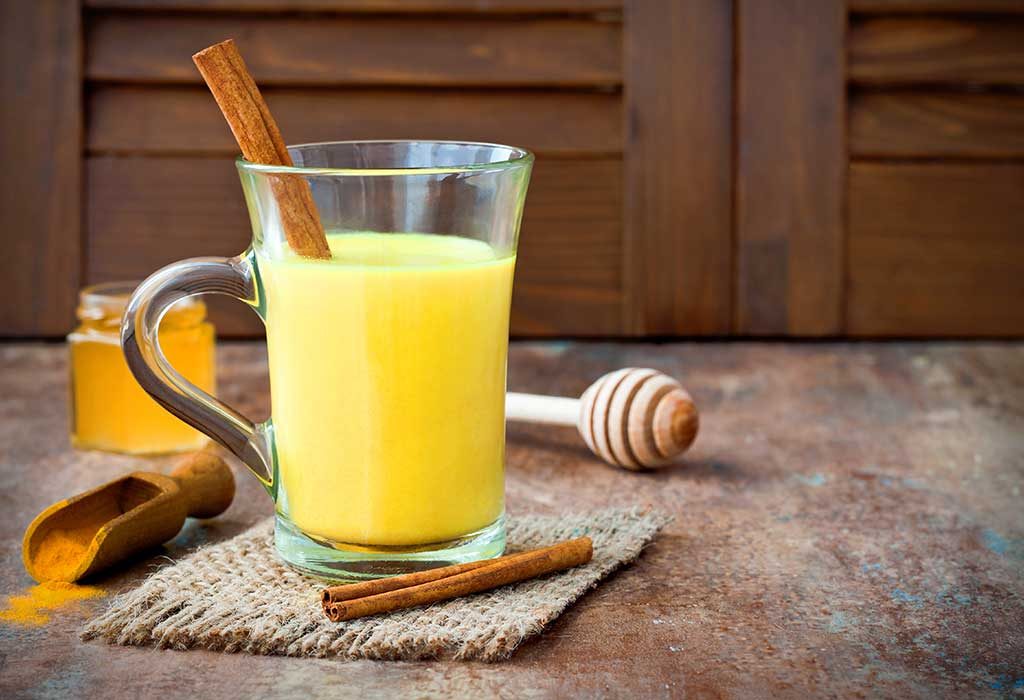
What to Do: Mix a glass of warm milk with turmeric powder and drink it.
How often to Do: You may do this once or twice a day.
Why This Remedy Works: Turmeric contains anti-inflammatory properties and milk has lactic acid which helps to keep your skin healthy by boosting collagen.
12. Yoghurt
What You Will Need: A cup of plain yoghurt and honey
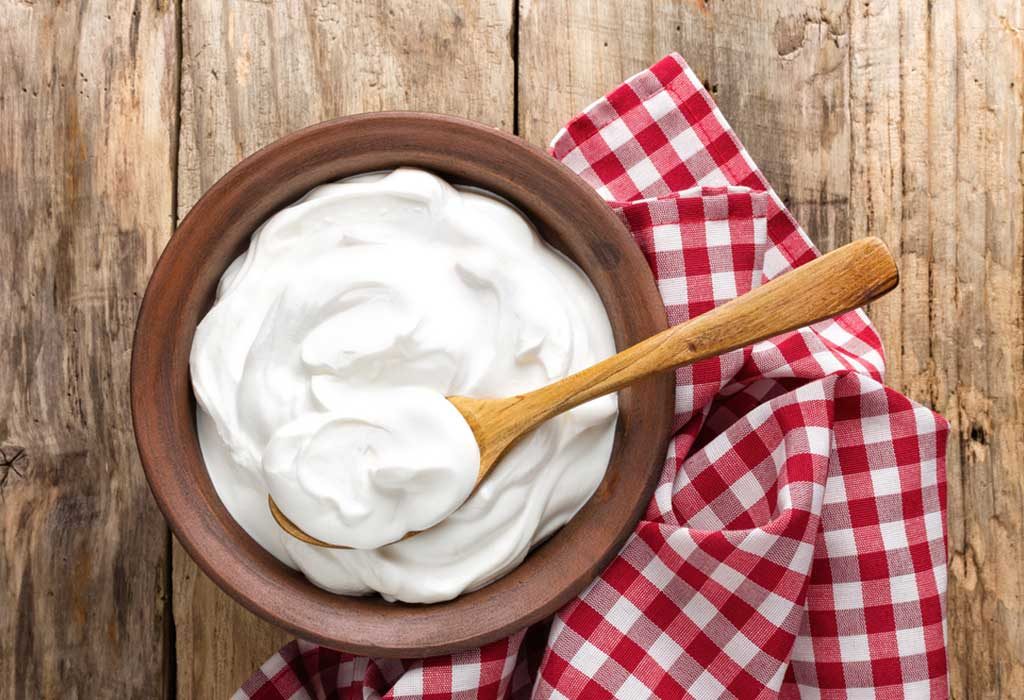
What to Do: Grab a bowl and pour some yoghurt and eat it up with some honey.
How often to Do: You can do this up to two times every day.
Why This Remedy Works: Plain yoghurt is of the best home remedies for skin yeast infections. It is full of probiotics and helps line your gut with good bacteria. Good gut health automatically shows on your skin.
13. Tomato
What You Will Need: Tomato and a blender
What to Do: Blend the tomato well to form a paste. Use the paste to apply to affected area. Keep it on for a few minutes before washing off.
How often to Do: Once a day.
Why This Remedy Works: Tomatoes contain different kinds of acids that give rise to antibacterial properties such as citric, tartaric and even succinic.
14. Sea Salt
What You Will Need: A cup of sea salt and a bucket of water
What to Do: You can either take a bath by mixing the salt in the bucket or even pour the salt directly into your bathtub.
How often to Do: Once a day.
Why This Remedy Works: Antimicrobial properties in saltwater baths help to improve the barrier function of the skin.
15. Green tea
What You Will Need: 5 Green tea bags and hot water
What to Do: Dip the bags for a while and take them out. Use the water to apply to the affected area.
How often to Do: Once or twice a day.
Why This Remedy Works: Tannins present in green tea are useful for treating fungal skin infections.
16. Garlic
What You Will Need: Garlic and olive oil
What to Do: Mash and mix the garlic and olive oil to form a paste. Keep for 30 minutes and wash it off.
How often to Do: Twice a day.
Why This Remedy Works: Antibiotic and antimicrobial properties in garlic help treat bacterial infections.
17. Tea Tree oil
What You Will Need: Tea tree oil.
What to Do: Apply a couple of drops to the affected area and wash it off after 30 minutes.
How often to Do: Twice a day.
Why This Remedy Works: Tea tree oil helps to fight bacteria and has antimicrobial properties.
18. Fenugreek
What You Will Need: Fenugreek, cotton and water.
What to Do: Boil fenugreek until soft. Allow the water to cool and use the cotton to apply it to the affected area. Wash off once done.
How often to Do: 2-3 times a day.
Why This Remedy Works: Acne causing bacteria are inhibited due to the fenugreek’s antimicrobial properties.
19. Neem
What You will Need: Neem leaf paste
What to Do: Apply the paste to the affected area and wash off after some time.
How often to Do: You can do this up to two times a day until the infection is healed.
Why This Remedy Works: Neem is useful for its healing benefits. It has antioxidants and antibacterial properties that keep the skin healthy
There are multiple ways to cure skin infections, and one should not worry. The solution lies mostly within the walls of your home unless it looks severe or if there are pain and a lot of discomforts involved in which case you should see a specialist. Make sure to stay hygienic and do your part to avoid infections!
Kanksha Rainahttps://parenting.firstcry.com/articles/19-effective-home-remedies-for-skin-infection/
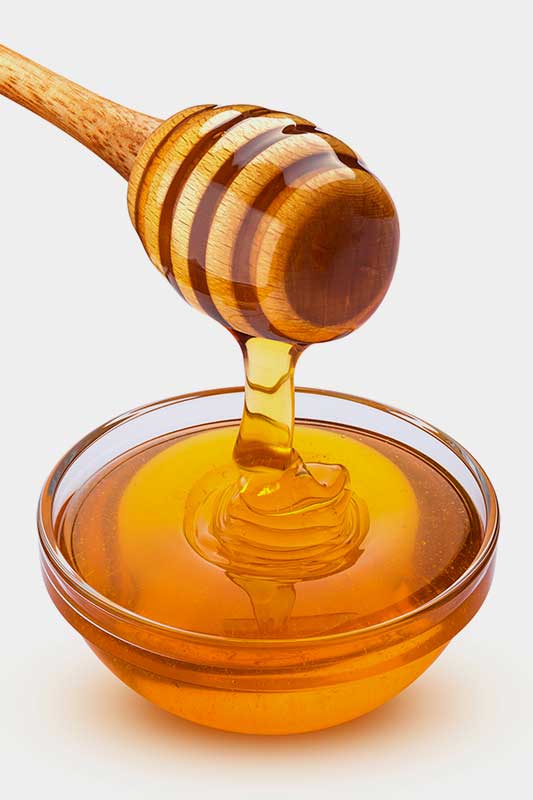
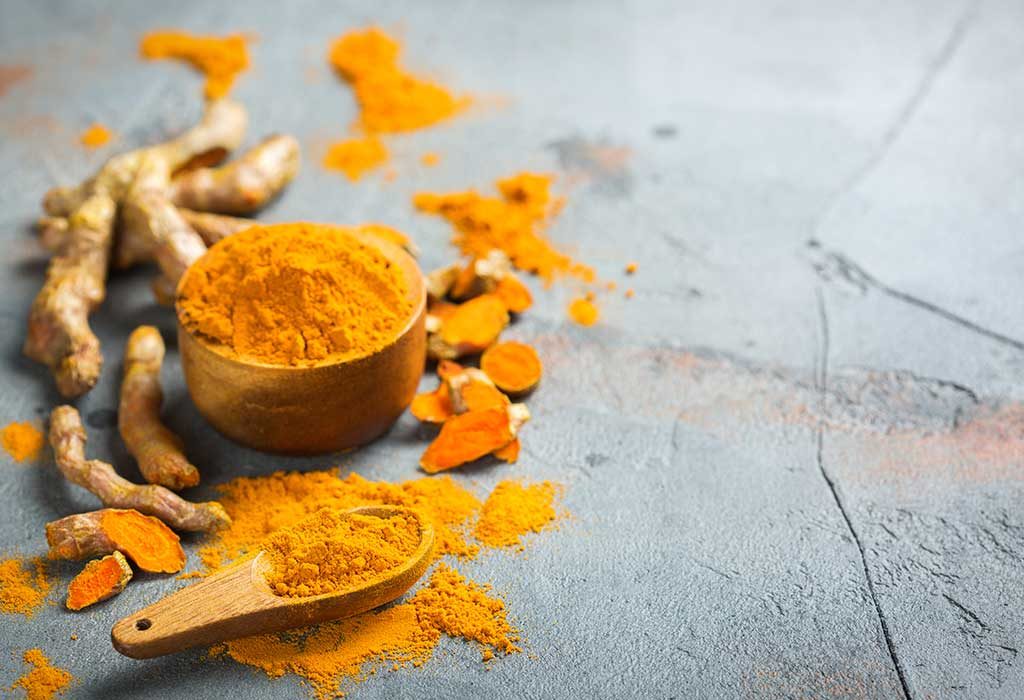
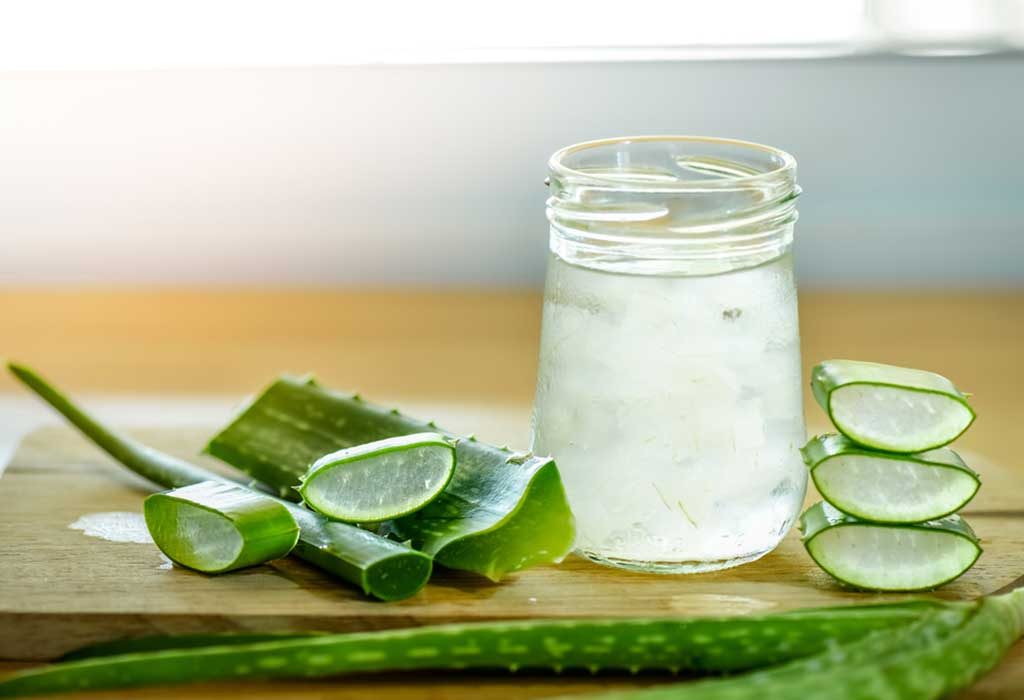
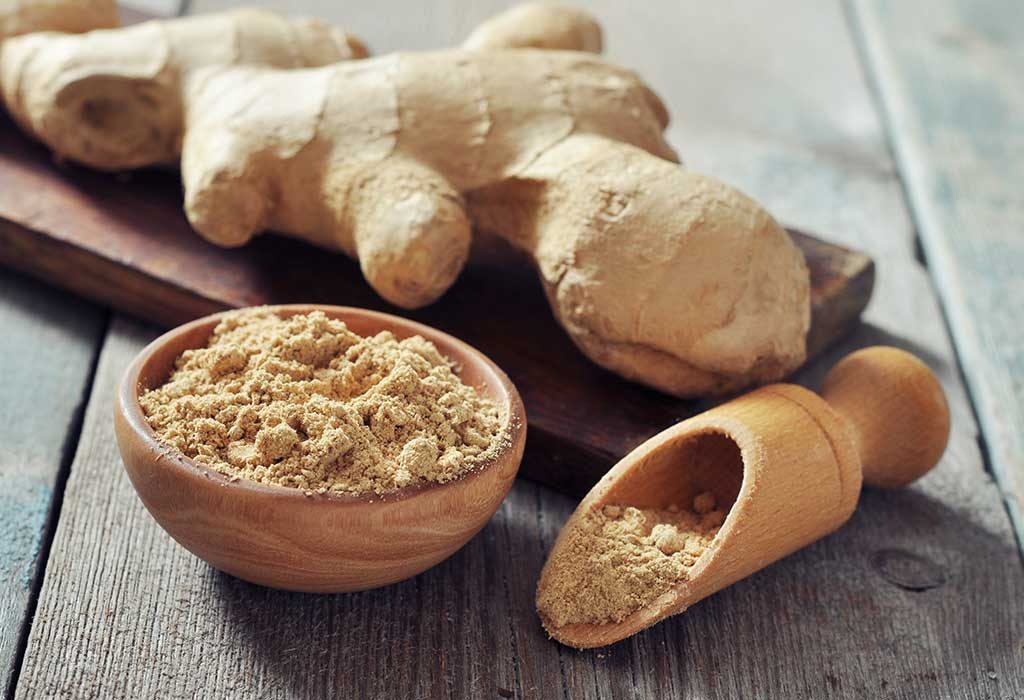
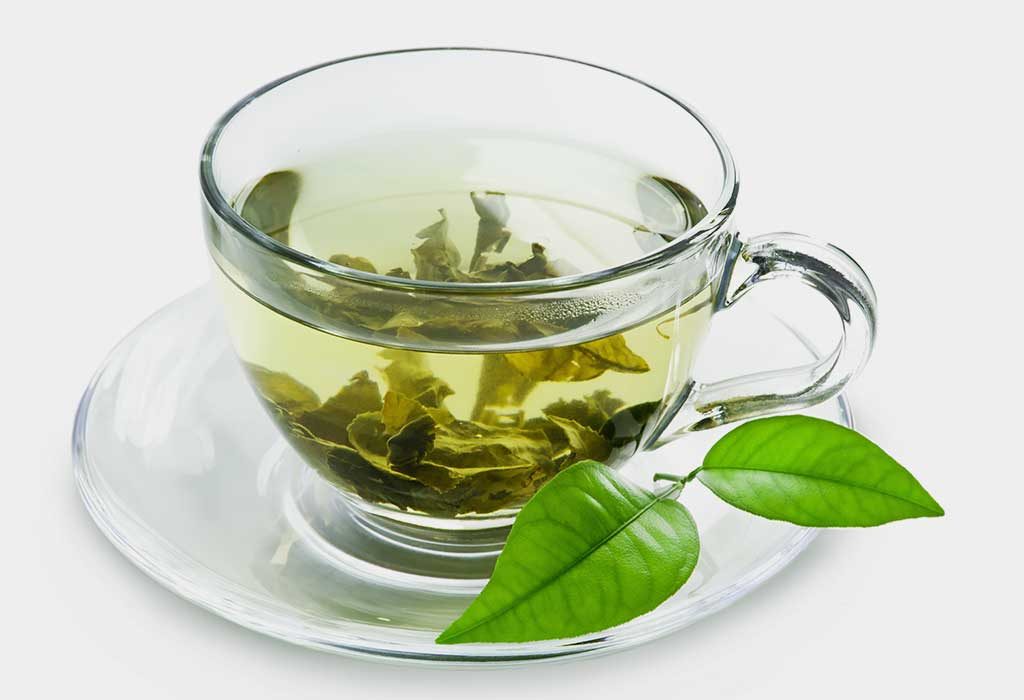
Comments
Post a Comment